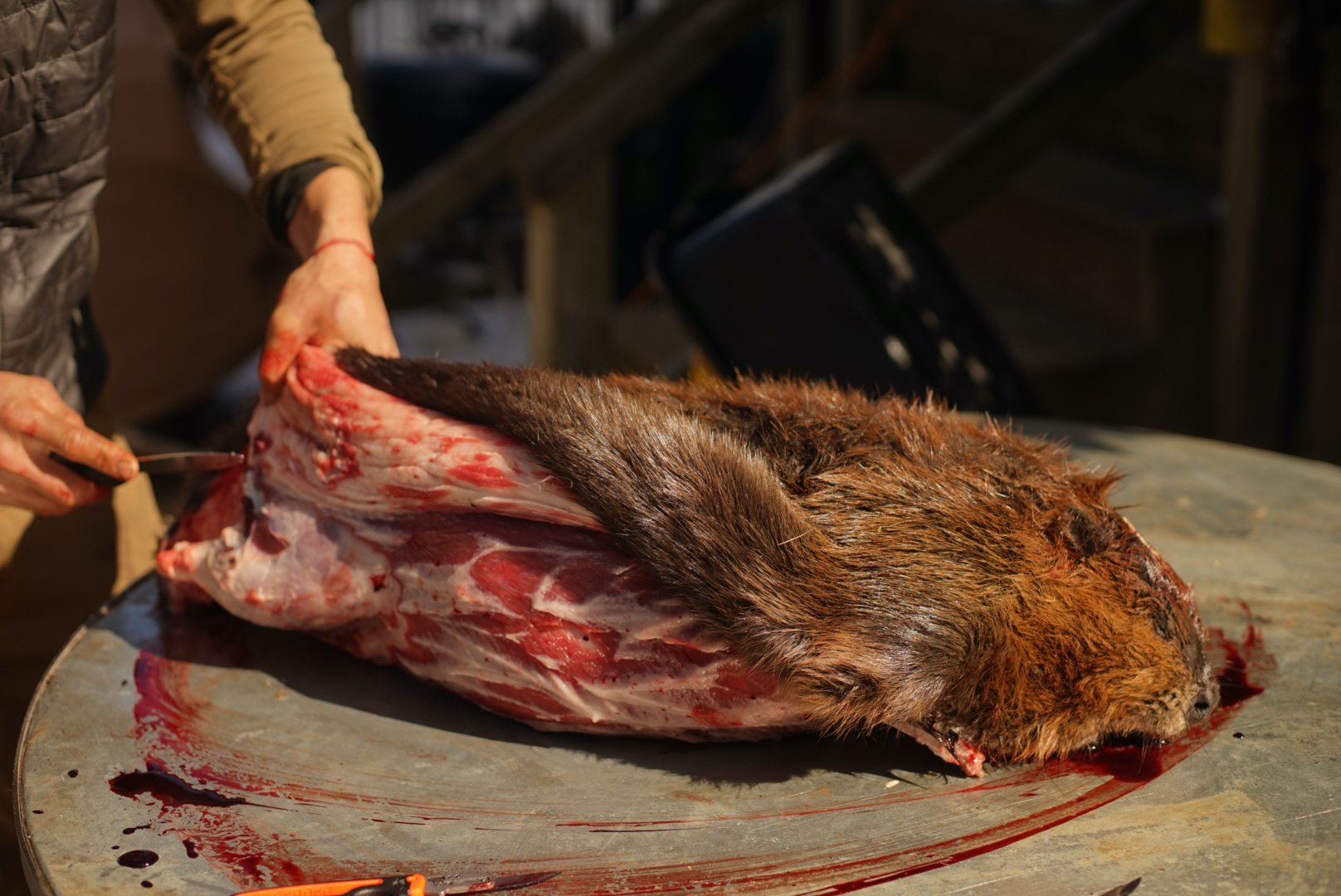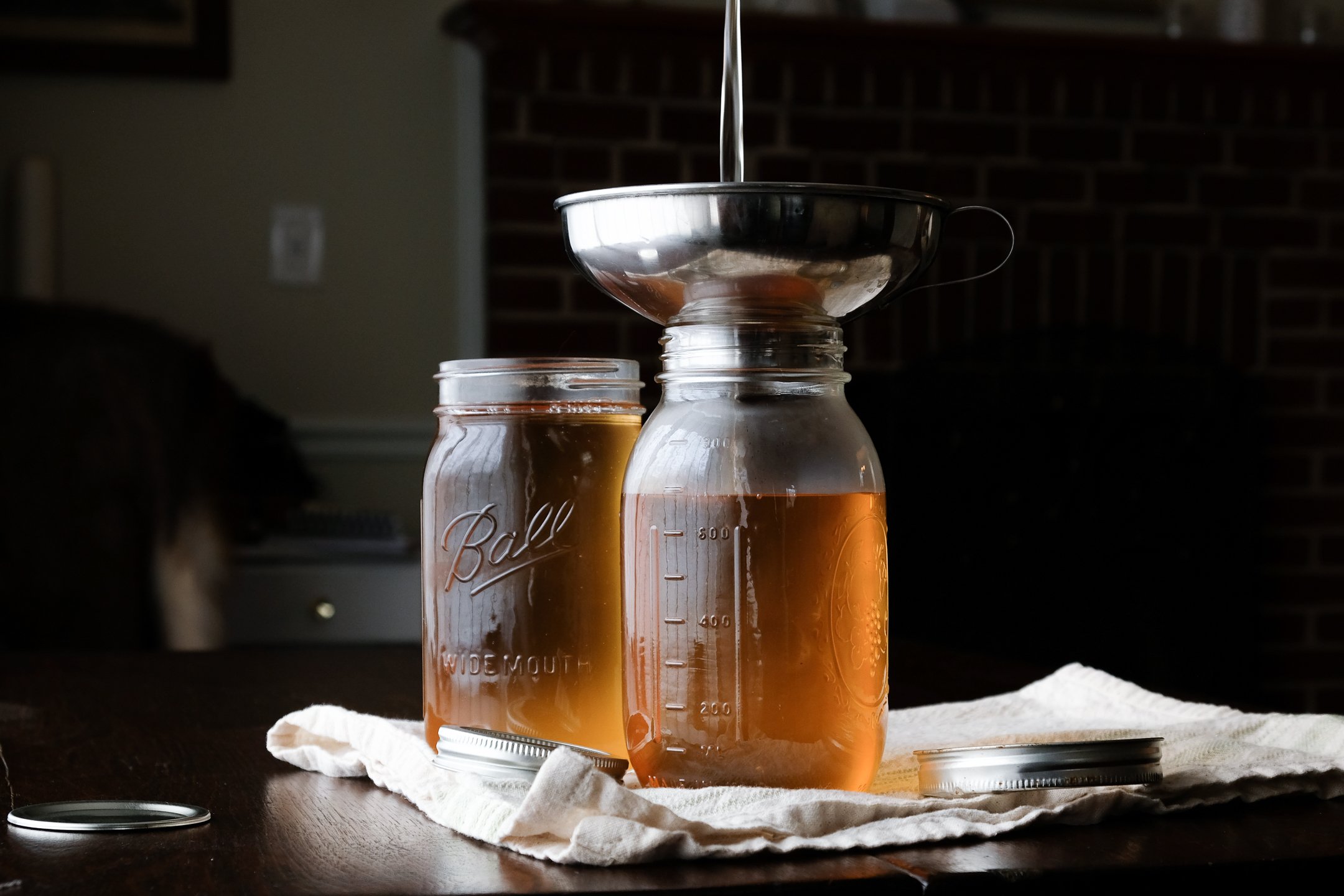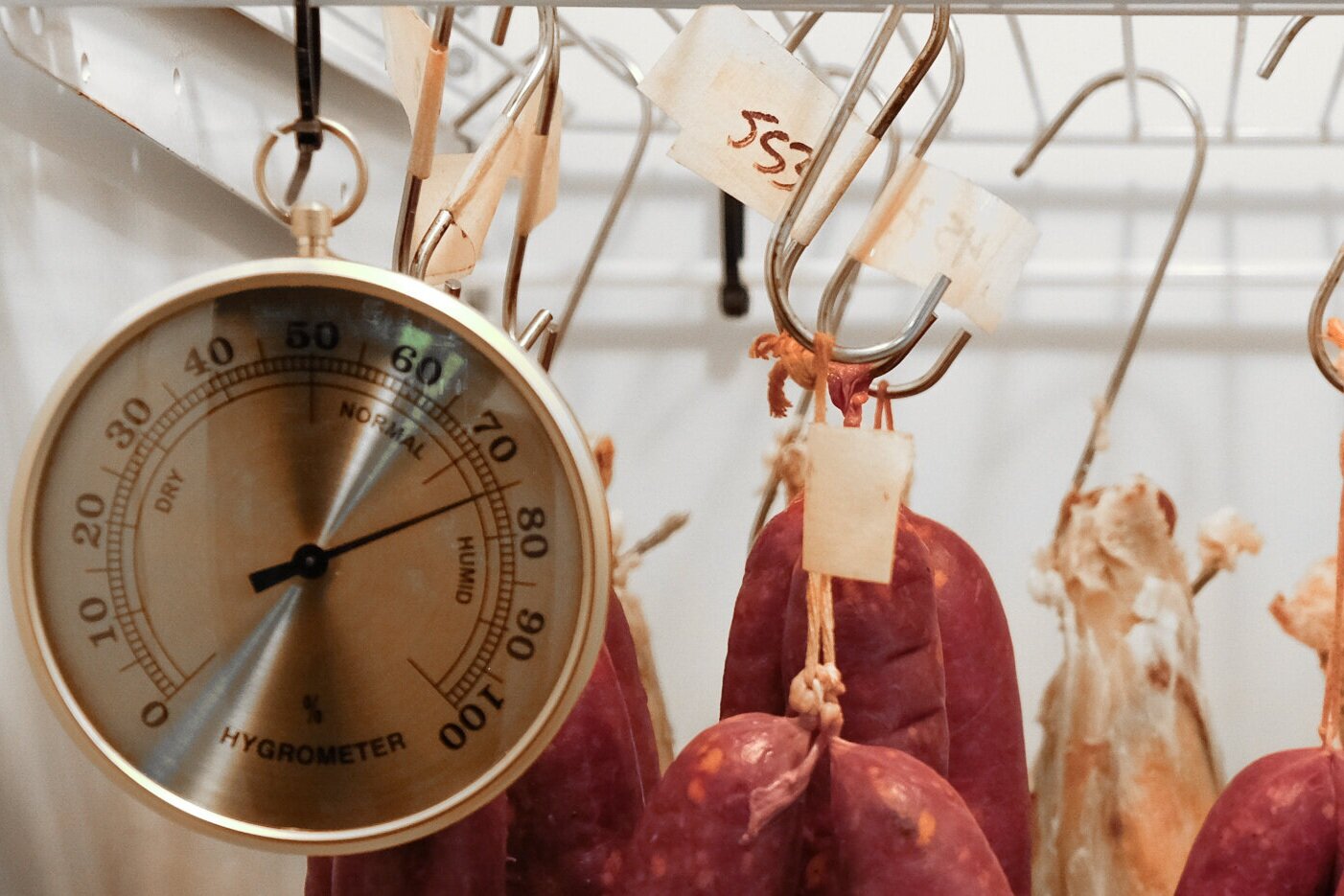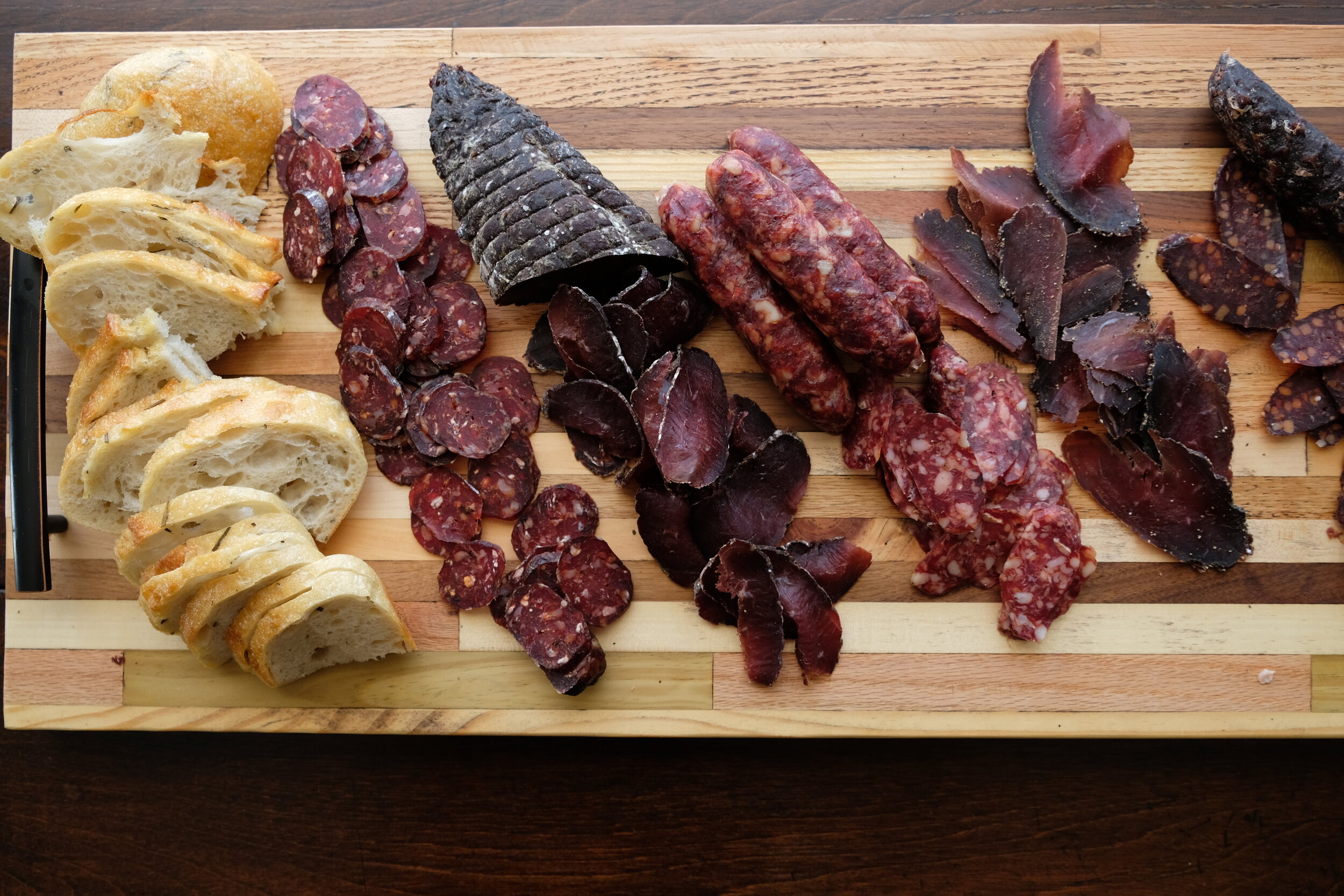Rail Hunting the Eastern Shore of Virginia

I don’t believe in luck really. Odds, sure. But luck to me has always just been playing the odds, over and over, until you come out ahead. Ideally, you’ll get better at what you’re doing, and the odds will shift in your favor. But this past weekend, we went out on our very first, self-taught, DIY rail hunt. And you wouldn’t believe our luck.
Beginners luck. We had planned this trip to coincide with the opening weekend of Virginia’s rail season, which is usually timed to open in early September. It had been a while since Wade and I last visited the Eastern Shore, and we’re usually not up to much this time of year anyway, so we decided to try our hand at this rail hunting thing. We set the dates, arranged to stay at our friend Chris’ house, and started researching. We didn’t know much.
We knew we’d be poling the boat around an expansive salt marsh looking for a shore bird that most people don’t realize exists. We knew that each and every person who does know what a rail is has used the word “secretive” to describe it. We knew the limits were absurdly high for our DIY hunt- a two man limit of each species of rail combined would be 80 birds. We knew how little we knew, and that we’d more than likely come home without anything approximating that limit.
While Wade and I were preparing for the hunt, Hurricane Dorian made its presence known. It began its slow churn up the Atlantic seaboard, and we debated what it would mean for our hunt. A direct hit and the winds might remain too high for safety, boat launches wrecked and debris in the water. But a near miss could be good news for us- the storm surge would bring higher than normal tides, making the birds an easier target. So we waited and watched the forecast.
Friday came, and with it, a half day of clouds and then an evening of beautiful sunshine in Fredericksburg. Dorian had cleared out from the coast. Our drive down was uneventful, and a few downed limbs on the side of the road was all that remained from the hurricane. At the launch, we were greeted by abundantly blue skies and high, high water. It was a few hours before the tide, and the marsh grasses were already submerged up over their roots.
We motored out from town and started to get our bearings. The marshes around Wachapreague are vast- miles and miles of grass, cut through with narrowly winding guts and pocked with broad, shallow bays. Getting turned around in here is all too easy- the channels fork like veins from the beating heart of the bays and ocean, into ever-diminishing ditches that double back on themselves, split, and dead-end. We roughly oriented ourselves eastward- the shrinking town and wide, flat mainland behind us, the bright sliver of sandy Cedar Island far ahead, and the brooding pine forests of Parramore Island to the south- and tasked ourselves first with simply finding a bird.
At first, we stuck to the bigger inlets and channels while we got comfortable. We didn’t see any rail as we ran the boat seaward. We debated- given how much marsh was inundated by the flood tide, would the rail try to move to what little dry ground there was, or would they spread out and swim through the submerged grass? There wasn’t much high ground to speak of, so we decided to cut into one of the guts and poke around the flooded marsh until we saw one.
Our friends Cam and Kim had planned to join us, and as we heard their gheenoe round the bent elbow behind us, we saw our first pair of rail. A quick hello, and then we were off to pole through the grass. Cam had left his shotgun in the truck, so we proceeded with a vague plan of Cam and Kim helping to flush birds in their boat, and Wade and I shooting. We figured out pretty quickly that plan wasn’t going to work. The guts were too narrow, so we moved at a snail’s pace, single file, through the sinuous channels.
There is no denying- it felt like we were doing something illegal. Standing on the bow of the boat while Wade poled us along, shotgun in hand, I felt like at any minute someone, somewhere, was going to pop up and write us a ticket for… I don’t know, holding a shotgun in a boat? Thinking about shooting a shorebird? It didn’t help that we didn’t see any other boats out there. Did we get the dates wrong?
I shot the first bird after about an hour. We had flushed a few before we got a shot at one, while we figured out their flight patterns. There was so much water that some birds never flushed at all, unable to take off and fly. But once we were able to quickly identify the dark shape of a rail ducking into tall grass, we started seeing them everywhere. One bird turned into three turned into ten, and pretty soon we had well over a dozen birds in the cooler, with more all around us. That flood tide gave us an incredible and completely unearned advantage. There was almost no cover for the rail to duck into that we couldn’t see into, and there was no ground that we couldn’t pole over in our boat. Cam and Kim played bird dog for us, scooping up dead birds with a crab net where they fell. Finding them was easy, for the most part- they floated in between the patchy grass. Rail don’t seem to be as tough as a duck or goose, and once hit, they all pretty much hit the water hard, so there weren’t many cripples to contend with.
Eventually, we heard shooting coming from another part of the marsh, and I was relieved to see another boat of hunters working, for a couple of reasons. It took the edge off my irrational, gnawing worry that we shouldn’t be hunting rail. But mostly, I was having a blast, and I was glad that on a perfect opener for the season, someone else was getting to enjoy it. The other guys were working the birds a little differently than we were. Where we stayed in the boat for most of the hunt and poled our way over to birds we could see, they were finding areas where the marsh narrowed to a point, getting out, and walking, single file, to push the birds and encourage them to flush over the creeks.
The sporadic shooting continued, from both hunting parties, for a few hours. Wade and I picked up one bird here, two there. The action wasn’t nonstop, but it was consistent- we didn’t go more than 10 minutes without at least seeing a rail. We noticed that where we saw one, we’d usually see at least one more. I wouldn’t say they’re a social bird, necessarily, but they do seem to group up. As the tide reached its peak and then started to slack, we lost sight of the other hunters, and the shooting ceased. We tallied the birds in the coolers- twenty six. To be perfectly honest, we had twenty six more rail in the cooler than I expected we’d have. Four more clapper and we’d have our two man limit. We kept working.
About an hour later, way back in the dead end of a gut, with the sun starting to sink into the receding water, we called it quits. The flood tide was imperceptibly but steadily draining out, and the grass surrounding us was suddenly, noticeably, taller. We hadn’t seen a rail in a while, but all around us, they started calling into the waning daylight. Choruses of harsh, rattling kek-kek-kek-keks erupted from the higher, rapidly draining sections of marsh. We could have walked the dry ground and tried to flush a few more, but there was beer to drink and tacos to fix. Wade dropped the prop back in the water and we crossed Bradford Bay towards town just as the golden light started to be tinged with dusk.
















